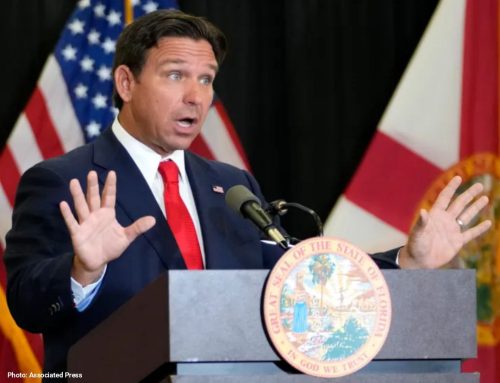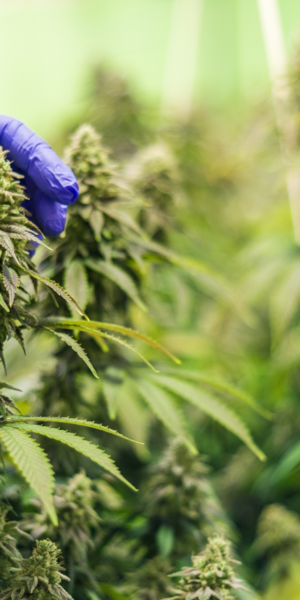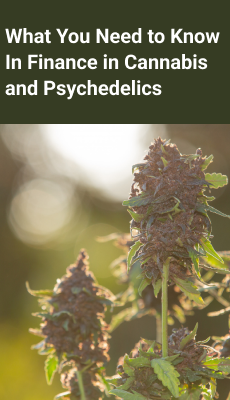California Reinstates 15% Cannabis Excise Tax Through 2028
LOS ANGELES – A measure signed by Governor Gavin Newsom last month took effect on Wednesday, dialing back California’s Cannabis excise tax to 15% and holding it steady at that level until at least the end of 2028. The change, embedded in Assembly Bill 564, undoes a planned jump to 19% that had been set for midyear, offering a temporary reprieve to the Cannabis industry squeezed by high costs and stiff competition from unlicensed sellers.
The bill’s passage comes at a moment when the state’s legal Cannabis sector is fighting for footing nearly a decade after voters approved recreational sales. Taxable sales volume has slipped from a high of more than $1.5 billion in Q2 2021 to about $1.2 billion in recent periods, per data from the California Department of Tax and Fee Administration. Legal channels now capture roughly 38% to 40% of total consumption, leaving the rest to an illicit trade estimated to produce 11.4 million pounds of flower annually [more than eight times the 1.4 million pounds from licensed growers in 2024], according to analysis by ERA Economics.
Newsom framed the rollback as essential for market stability. “We’re rolling back this Cannabis tax hike so the legal market can continue to grow, consumers can access safe products, and our local communities see the benefits,” he said. The governor’s office highlighted how the adjustment aims to shield jobs and small operators while curbing the appeal of unregulated alternatives that skip taxes and testing requirements.
Assemblymember Matt Haney, a San Francisco Democrat who carried the bill, echoed that sentiment, arguing it gives licensed businesses “a fair chance to compete against the untaxed and unregulated illegal market.” Haney pointed to the broader economic upside: a stronger legal sector could funnel more revenue into state coffers over time through expanded compliance and enforcement.
Yet the move isn’t without trade-offs. The tax cut is projected to shave more than $100 million off excise collections this fiscal year alone, compared to the $680 million peak in 2021. Critics, including several nonprofits, raised alarms that the forgone funds could strain programs for low-income youth, substance abuse treatment, and environmental cleanup in cultivation hotspots like the Emerald Triangle. Those groups contend the relief prioritizes industry profits over safeguards against the very harms [such as water diversion and worker exploitation] tied to unchecked growing operations.
From a business standpoint, the numbers paint a clear picture of strain. Wholesale prices have tumbled as oversupply floods the system, making legal flower pricier than street alternatives after taxes. The state has ramped up crackdowns through the Unified Cannabis Enforcement Taskforce, which destroyed over 317 tons of illegal product worth $890 million since 2022 and seized $2.8 billion in unlicensed goods overall. Still, enforcement alone hasn’t tipped the scales. Licensed retailers report margins too thin to absorb higher levies without losing customers to the shadows.
This isn’t California’s first pivot on Cannabis taxation. The original 15% rate, approved by voters in 2016 under Proposition 64, was meant to fund schools and public safety while building a regulated economy. But as the market matured [or stalled, depending on the metric] lawmakers have tinkered with adjustments. The now-suspended 19% hike, tied to inflation formulas, was meant to keep pace with rising costs but landed amid a sales slump.
Looking ahead, the freeze through June 30, 2028, buys time for structural fixes. Industry analysts suggest pairing tax relief with streamlined licensing and interstate commerce pushes could accelerate recovery. For now, operators get a reset button, but sustaining growth will demand more than a rate cut. It requires closing the gap with black-market operators on price, access, and trust.
Short-term relief can spark investment, but only if paired with enforcement that sticks. California’s experiment here sets a template for other states grappling with similar divides, reminding us that policy success measures not just in dollars collected, but in markets built to last.



































